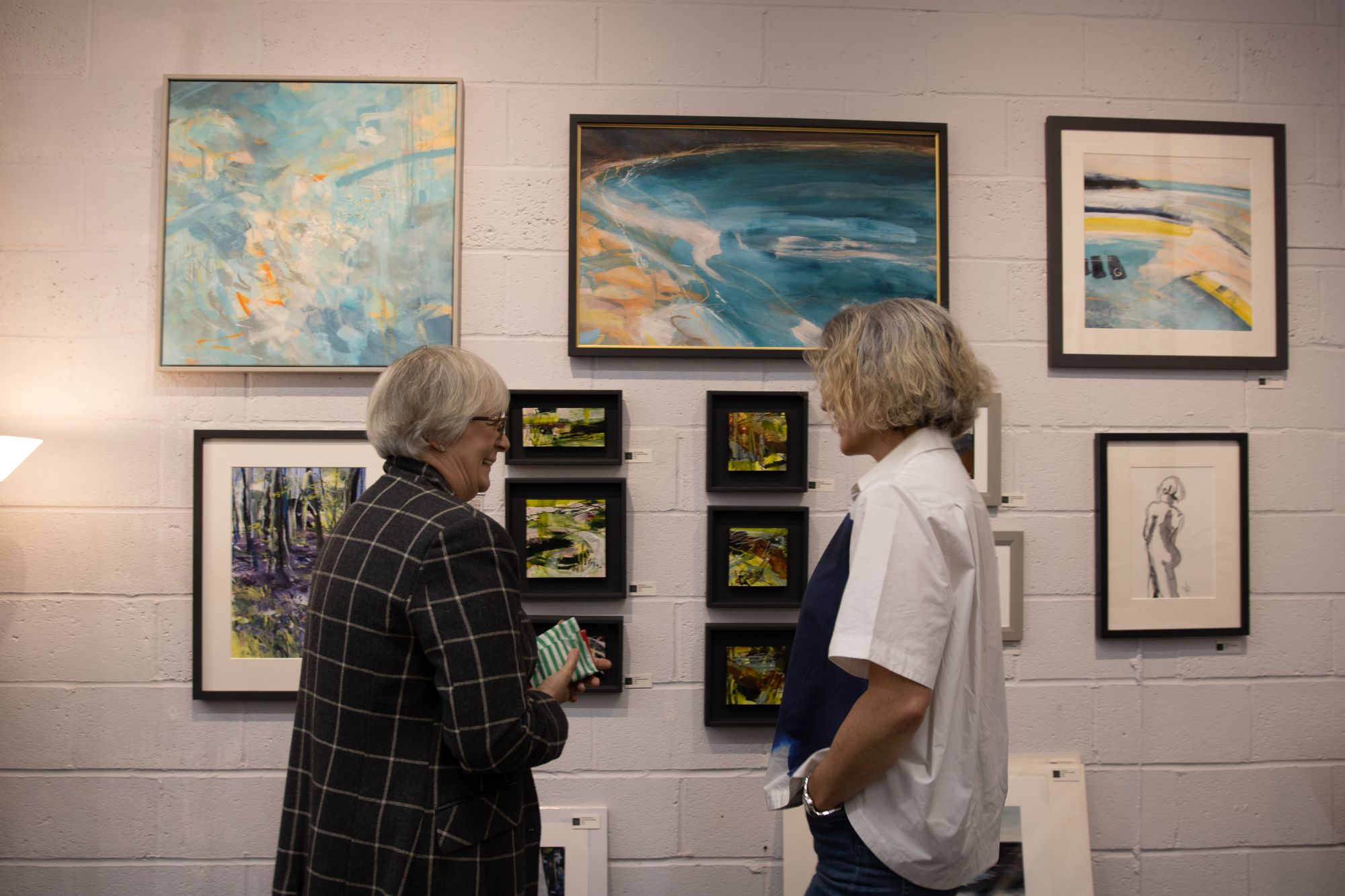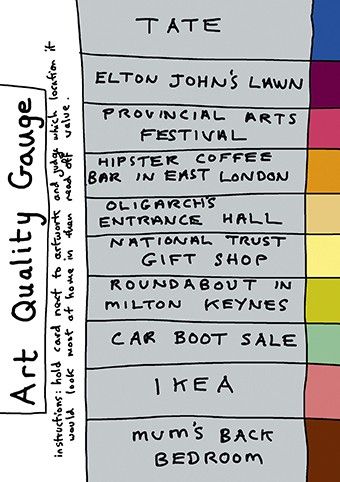Questions to ask when you buy Art


Buying art is such a pleasurable experience. You might enjoy the reassurance of a high street gallery, a day out with friends at an art fair or prefer the more unique experience of discovering artists in their studios or at pop-up shops. Buying from a gallery usually ensures that the work is presented well, and ready to hang. The artists will have been selected to meet the standards and style of the gallery. The gallery will arrange any framing you need and recommend other artists you might like.
Alternatively, buying directly from an artist has the advantage that you might find something no one else has seen and you’ll get the answers to any questions you have straight from the person who made the work. It’s a great way to learn about the process behind the artwork and you’ll often have access to work on paper, studies and smaller or alternative styles that may not be offered to galleries. No one else has decided for you whether the art is any good or checked the quality of the work, but if you know what you like and which questions to ask it will make the whole experience a positive one.
You might be a knowledgeable art collector who has researched galleries & studios and confidently buys art or someone with an empty wall who has never bought a painting before or even visited a gallery which makes it all a bit of a minefield. So where do you start? You have a wall that needs a painting and you like beaches so you might search online for ‘large beach painting’ or ‘how to buy a painting’ and come up with pages of mind-numbing results. It’s not easy to have the confidence to buy art online when you haven’t at least seen some of the artist's work in real life. Sometimes images that look stunning online are disappointing in reality, with flat thin paint on poor-quality surfaces. To make it more fun, research on-line and subscribe to newsletters so you can find out about events at local galleries, art fairs or open studios, enjoy the experience of learning a little about art, looking and asking questions.
The first questions are the ones you ask yourself.
Question No 1: Do I like it? Does it make me feel good?
You don’t have to have any art knowledge to answer this question. Stand and look at the work, from a distance and up close. Take your time. Notice how it makes you feel. If it intrigues you and makes you feel excited in your stomach then it’s definitely talking to you in a good way!
Question No. 2: Will it work with the colours & mood of my room?
If you love it this might not matter and you’ll find a space to hang it. If you’re not sure it will work, ask to see other similar pieces.
If you’ve found something you love and think it will work. What next?
Question No. 3: Is it an appropriate size for the space?
Are you planning a ‘gallery hang’ with lots of small paintings on a wall ‘summer-exhibition’ style or do you need a large feature painting over a sofa? If it needs to fill a large wall make sure you allow at least 20cm of space around the edges so it has room to breathe.
- Ask if you can try it at home to check the size before you commit to buying.
- Could it be re-framed to be made larger or smaller?
- Could you purchase it without the frame to make it smaller?
- If the size isn’t going to work would the artist produce something bespoke as a commission?
Question No. 4: Are there any special conditions in the space it needs to hang?
- On a warm chimney or above a heater - check that it can hang high enough to avoid the heat, or that it won’t melt or warp.
- In a damp bathroom - avoid work on paper as it is likely to buckle. Choose sturdy and varnished protected painting surfaces.
- In a bright conservatory - Fading is a problem so check for UV-resistant paint and protective varnish or consider using UV-protective glass.
- Hanging in a vulnerable position - If it’s high up over the stairs or where it might get knocked it needs to be lightweight, perhaps on a shallower canvas. You can use more secure hanging fixings like strap hangers that will keep it flush with the wall and less likely to fall. Choose a painting that can be framed without glass or consider using a quality perspex instead of glass if you want to prevent any breakages.

Question No 5: How long has the artist been painting/creating?
How much experience an artist has may determine their skill level and whether the asking price is appropriate. They may have been self-taught or attained a degree or master's course in art. They may only just be starting to learn their techniques or had a lifetime of painting experience. If you research the artist you should be able to see a development of their work over the years, where they explore different techniques and styles. Some of the best artists I know are those who are continually exploring and developing their ideas instead of re-painting the same style of work over and over. I’ve learnt to say ‘no’ to galleries who want more versions of the same painting because it sells easily. Instead, I like to develop my knowledge and work hard to become a better artist. I pursue my own goals and I’m passionate and authentic, making sure each painting is unique and has its own story to tell.
The other reason to ask this question is that emerging artists might be forced to work with a minimal budget, using cheaper materials. I still remember early in my career, my mortification at selling a painting on a cheaper canvas and finding out it was nearly impossible to frame as it had warped in my cold studio and wasn't square. So if you fall in love with a piece of art, remember to put your sensible head on and check the quality to make sure it will be a long-lasting love affair.
- Is the paint used lightfast and good quality?
- Are the canvases ready-made or bespoke? Are they on kiln-dried wood stretchers or cheap pine?
Working on a low budget artists will utilise any cheap frames they can get hold of because framing is so expensive. However, if the work is a reasonable price and you don’t plan on keeping it forever then maybe that’s OK. You’ve found something you love and you might have discovered a new emerging talent. If it’s affordable but in a cheap frame, you can always re-frame it to suit your preferences. Personally having experienced the frustrations of chipped and damaged frames coming back from exhibition I’ve swallowed the cost and learnt to use solid wood conservation frames that are hard-wearing and can be easily repaired.
- Are the frames bespoke or off-the-shelf/ready-made? You can sometimes check this by looking at the back of the frame. It should have brown tape to seal the edges and be presented with cord and D-rings ready to hang. A ready-made frame often has no tape and a saw-tooth hanger at the top.
- Is the framing Conservation-grade? (Check the cut edge on the window mount. A cheaper mount will turn brown on the cut edge.)
Buying from an experienced artist should bring the reassurance you might get from an established gallery. I have learnt so much over the years establishing myself as an artist. I’ve learnt the best ways to prime and seal a surface before painting so that the paint won’t crack, yellow or peel over time. I’ve learnt to paint more successfully with layers of texture and glazes so that a painting responds to the changing light in a room. I’m fortunate that people buy my work and I make sure that I do everything I can to make the whole experience a positive one, so that when they pass the painting on to the next generation it still looks good.
Question No 6: Can I afford it?
I’d love for everyone to find a way to have some art in their life - even if it means making it themselves. I’m terrible at not looking at the prices until I’ve already fallen in love with something! You can perhaps justify a bigger spend when you realise this will bring you years of pleasure and hopefully will get inherited one day. If not,
- Ask if there is a print available.
- Are there any discounts for buying more than one painting?
The question I most often get asked at my studio is ‘How long did it take to paint?’ This truly doesn’t make any difference to the standard of the painting. If you have years of experience you might produce something fabulous in a few instinctive well-considered strokes or you might spend months or years resolving a painting. It’s perhaps more useful to ask some key questions about the process, the materials used and how it’s framed. Most artists will be happy to discuss this with you.
It’s easy to get excited when you see something you like, but take time to look properly, check it’s an original not a print on canvas, look at the back to see if it has cord and D-rings ready to hang, find out about the artist’s passions and inspiration.
Armed with your new knowledge you can shop around. Some of the high street galleries seem to offer reassurance with their shiny frames and sparkly paintings with big price tags, so that surely must mean they are ‘quality’ paintings, right? Then you start to notice similar versions of the same paintings on every high street and it starts to feel a little mass-produced and not so special and unique after all. Exploring little independent galleries, pop-up shops, art exhibitions and open studios offers an alternative way to discover something new and fill that space on your wall. My ideal would be to find an authentic painting from a passionate artist who cares about what they produce and is invested in encouraging repeat business with collectors who cherish their work. Of course, it also needs to be the right size, colour and you need to love it. It’s a lot of fun to explore the world of art and meet the artists involved. It certainly pays to develop a little knowledge on your journey so you know what you are buying and it makes the whole experience of finding the perfect painting a special one.
LINKS
Google your local area to find art trails and open studios or open houses. Or click these links to discover my favourites.
- Explore your local Surrey artists in June at Surrey Artist Open Studios
- Hindhead Art Trail is an easy route around my local area covering professional artists in Beacon Hill, Grayshott & Churt.
- Hampshire Open Studios takes place in August
- St Ives September Festival A showcase for the talented artists around St.Ives. You can visit their historic studios, listen to poetry & music and relax on the beach.
- Closer to home is my studio in Grayshott, on the Surrey/Hampshire border. There’s a restaurant on-site, free parking and lots of local walks. More details here:
Galleries & Fairs
- You’ll get the friendliest welcome from Ed at Saltmarsh Gallery in Lymington. It might not be the largest gallery but you’ll get the best customer service. He treats his artists and customers with the greatest respect & consideration.
- The London Art Fair is one of my favourites to exhibit at and to visit, located at the Business Design Centre, Islington. The full range from top-end museum paintings to current contemporary art gallery work. Strictly curated by the organisers and showing work exclusively by galleries.
A beginners guide to materials, surfaces and framing
What is it painted with?
- Oils & acrylics - long-lasting if on a suitably primed surface. Can be varnished for extra protection.
- Watercolours, gouache, inks - usually on paper and framed. It is worth investing in specialist glass to avoid fading if it is hung in direct sunlight
- Encaustic wax - colour fast and archival, not a problem in a home environment but worth knowing that it has the potential to soften or melt in temperatures over 150 degrees or crack in icy conditions.
- Mixed media - this is any combination of media, often used for acrylic with either collage, pastel or pencil additions. Mixed media work should usually be sealed with a protective acrylic layer and can be varnished or put behind glass.
What surface is it on?
- Paper: must be framed behind glass or mounted sealed and varnished or waxed. Can be mounted on a rigid surface like a wood panel.
- Canvas: Can be glued flat to a board or stretched across wood or aluminium stretcher bars and no requirement to frame or put behind glass. Stretchers should have wooden wedges in corners which can be tapped out if the canvas needs tightening. Canvas stapled on the back or more traditionally tacked along edges. One metre or larger sizes should have a crossbar on the back to prevent warping and ideally be made with sustainable kiln-dried wood to avoid warping. The canvas should feel like a weighty fabric. A reliable choice is a 12oz cotton.
- Linen: the same as above but a natural brown coloured linen fabric (you can check the back of a painting to see the un-painted surface). This is hard-wearing but sometimes has more give so will need tightening with wedges.
- Wood or MDF panel: should be sealed and primed before painting to prevent discolouration. Can be ‘cradled’ with wood strips to form a box which can be framed or hung independently. Could be prone to warping in larger sizes
- Metal panel: needs to be primed to ensure good adhesion of paint. No requirement for glass.
